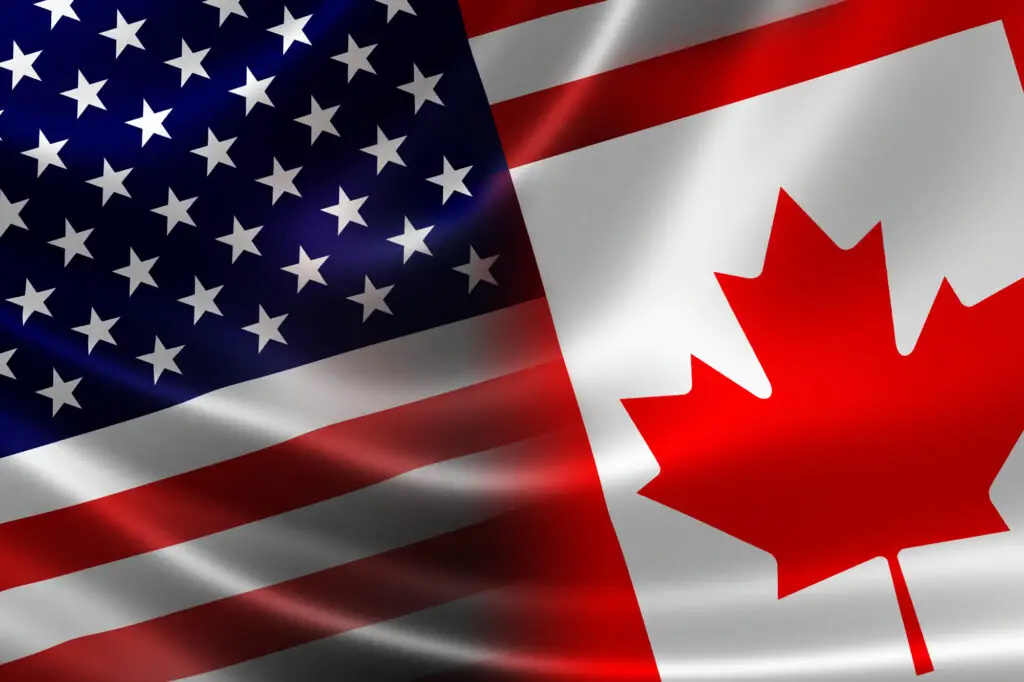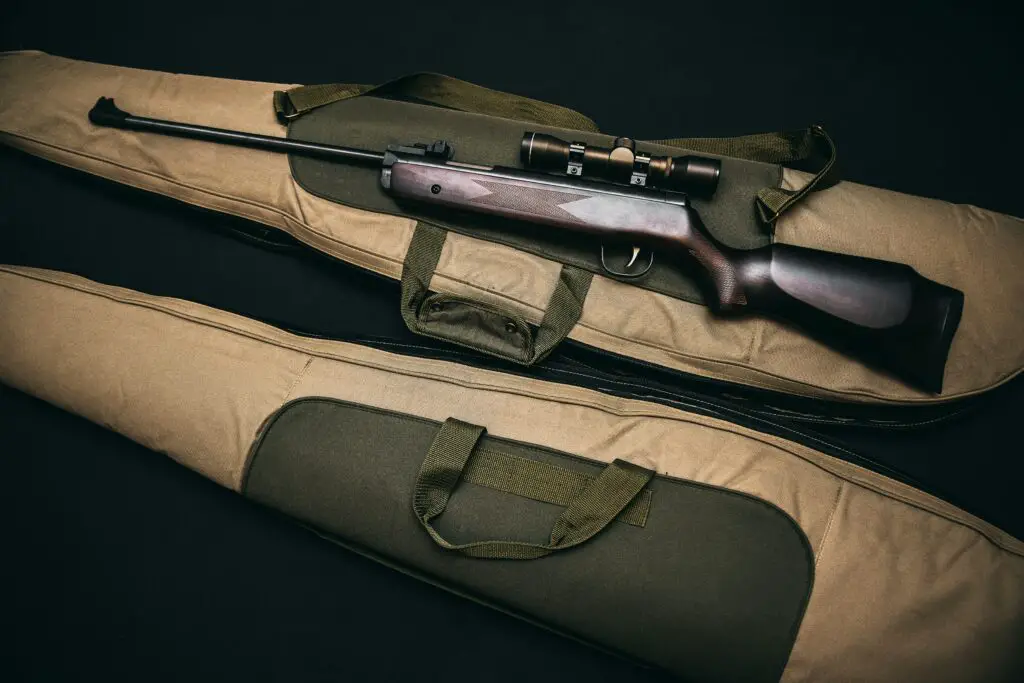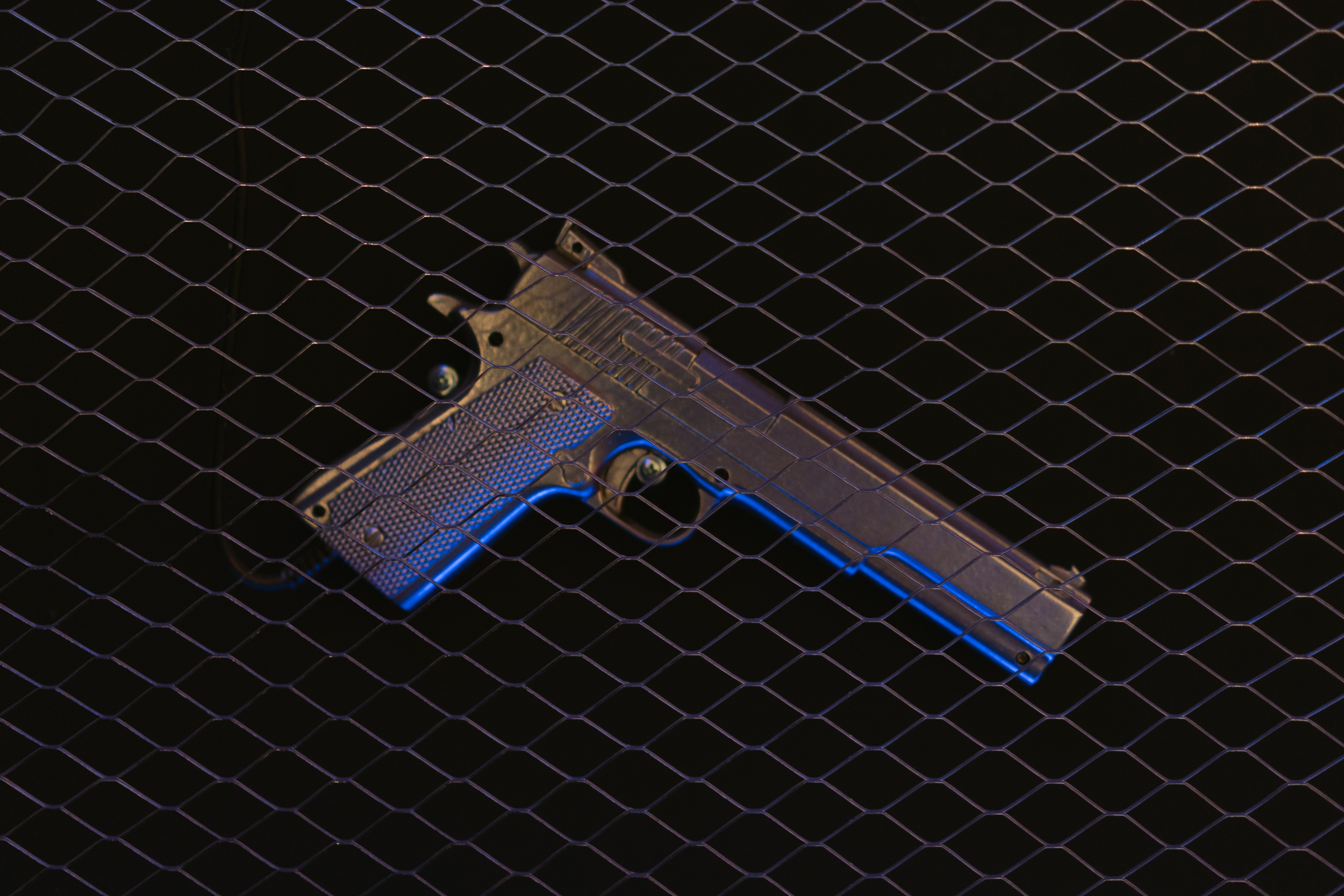Can you keep a gun in your car in Canada? The answer to that question is not as straightforward as you may think.
In Canada, firearm laws are federally regulated, meaning the rules are the same across the country. However, there is some flexibility in how these rules are interpreted and enforced.
You are allowed to keep a gun in your car if it is a non-restricted firearm and you have valid permission to do so. This permission is typically in the form of a firearms license, which you can obtain by taking a firearms safety course and passing a background check. Even with a license, there are still some restrictions on where you can take your gun and how you must transport it.
In this blog post, we’ll look at the regulations surrounding firearms and cars in Canada, so you can ensure you’re staying within the law. Stay safe and informed!
General laws regarding firearms in Canada vs. the USA

In Canada, automatic firearms are banned, and all guns must be registered. There are also strict laws regarding how guns can be transported, and self-defence is not considered a valid reason to carry a firearm. In contrast, the United States has much laxer laws when it comes to firearms. Automatic weapons are legal, and gun registration is not mandatory in all states. In addition, it is generally easier to obtain a permit to carry a concealed weapon, and self-defence is often cited as a justification for owning a gun. As a result, there is a significant difference in how firearms are regulated in Canada and the United States.
Guns classification in Canada
Guns in Canada are classified as:
- Restricted firearms
- Non-restricted firearms
- Prohibited firearms
Restricted firearms
Restricted firearms include handguns that are not prohibited, certain semi-automatic rifles and shotguns, and some fully automatic weapons.
Non-restricted firearms
Non-restricted firearms include rifles and shotguns that are not classified as restricted firearms.
Prohibited firearms
Prohibited weapons include:
- A fully automatic firearm.
- Handguns with a barrel length of 105 mm or less.
- Certain types of semi-automatic rifles and shotguns.
Possession of a prohibited firearm is a criminal offense in Canada. To possess a restricted or non-restricted firearm, an individual must have a valid firearms licence, hunter education course and pass a firearms safety test.
Prohibited firearms can only be possessed by individuals who have been grandfathered in under the previous legislation or have been authorized to possess them for specific purposes such as target shooting or firearms training.
You need a licence to own or buy any type of firearms in Canada

In Canada, it is necessary to have a licence to purchase or possess any type of firearm. This includes both restricted and prohibited firearms, generally defined as those designed for military or police use.
The process of obtaining a licence is designed to help ensure that only those who are lawfully entitled to do so are able to obtain firearms. In order to get a licence, applicants must pass a background check and demonstrate that they have a lawful need for a firearm, such as for sport shooting or hunting.
Licences must be renewed regularly, and gun owners are required to keep their firearms safely stored and secured when not in use. These measures help ensure that firearms are only in the hands of those who can use them safely and responsibly.
Firearm registration in Canada
To register a firearm, you must be at least 18 years old and have a valid Possession and Acquisition Licence (PAL). You will also need to provide proof of ownership and a completed registration certificate.
Once your firearm is registered, you will be issued a registration number that must be displayed on the gun. If you move to a new address, you must update your registration information within 30 days. You must also re-register your firearm every 10 years. By following these steps, you can ensure that your firearm is properly registered in Canada.
Carrying vs transportation of firearms

In Canada, knowing the difference between carrying a firearm and transporting one is important. Carrying a firearm refers to having a loaded or easily accessible gun on your person while transporting a firearm refers to moving it from one place to another.
Carrying firearm
In Canada, it is illegal to carry a firearm unless you have a lawful profession or special permission. This law is in place to help keep the peace and prevent violence. Carrying a firearm can be seen as a sign of aggression and can also be used as a weapon in a crime.
If you do not have a proper reason for carrying a gun, you may be asked to surrender your firearm to the police. You may also be fined or imprisoned if you are caught carrying a firearm without the proper documentation.
In order to possess a firearm in Canada, it is essential to follow the law and obtain the proper paperwork.
Transportation of firearm
In Canada, it is legal to transport firearms and ammunition as long as they are under not restricted or prohibited category.
If you are willing to transport restricted or prohibited firearms you must have authorization to transport (ATT) and a valid Possession and Acquisition Licence (PAL).
When transporting firearms, they must be unloaded and stored in a secure manner. For example, they must be locked in a case that is difficult to break into. Additionally, ammunition must be stored in a separate locked container.
It is also important to note that the transportation of firearms on public transportation (e.g., buses, trains, etc.) is regulated by both federal and provincial laws. As such, it is important to be familiar with the laws in your province or territory before attempting to transport firearms on public transportation.
So, in simple words, the answer to your search query is – Yes! But there are still many things to consider if you would like to do so.
Safety requirements when transporting firearms

Non-restricted firearms must be transported unloaded.
It is essential to be aware of the dangers when transporting a loaded firearm. If the gun is not unloaded and the ammunition is not stored correctly, there is a risk that the weapon could go off and injure someone. If the gun is loaded and the safety is not engaged, there is a risk that the gun could be accidentally discharged. When transporting a firearm in a vehicle, it is important to ensure that the gun is unloaded and safety is engaged.
All guns must be equipped with a trigger lock, cable lock or another similar mechanism.
All guns must be equipped with a trigger lock, cable lock, or another mechanism that prevents the bolt carrier from moving. In addition, an escape key should be readily available in case the gun needs to be used in an emergency situation.
If you leave a firearm in an unattended vehicle, it must be securely locked in a device, such as a gun safe or case.
If you must leave your firearm in an unattended vehicle, it is important to take steps to secure it. First and foremost, always store your gun in a secure locking device, such as a gun safe or case. This will also help to prevent thieves from being able to access your weapon.
If possible, avoid storing firearms in the glove compartment or center console, as these are typically the first places thieves will look.
The weapon must also be concealed, so it is not visible to anyone outside the vehicle.
It is important to ensure that the weapon is properly concealed. The best way to do this is to keep the weapon in a lockable compartment within the vehicle (e.g. trunk). This way, even if the vehicle is left unattended, the weapon will not be visible to anyone outside the car. In addition, it is important to ensure that the compartment is properly locked so that the weapon cannot be accessed by anyone who is not authorized to do so.
These requirements are designed to keep firearms out of criminals’ hands and reduce the risk of accidents.
Conclusion
That’s a quick overview of firearms laws in Canada. We know this can be confusing stuff, so if you have any questions or want more information, please let us know in the comments below. Thanks for reading!




